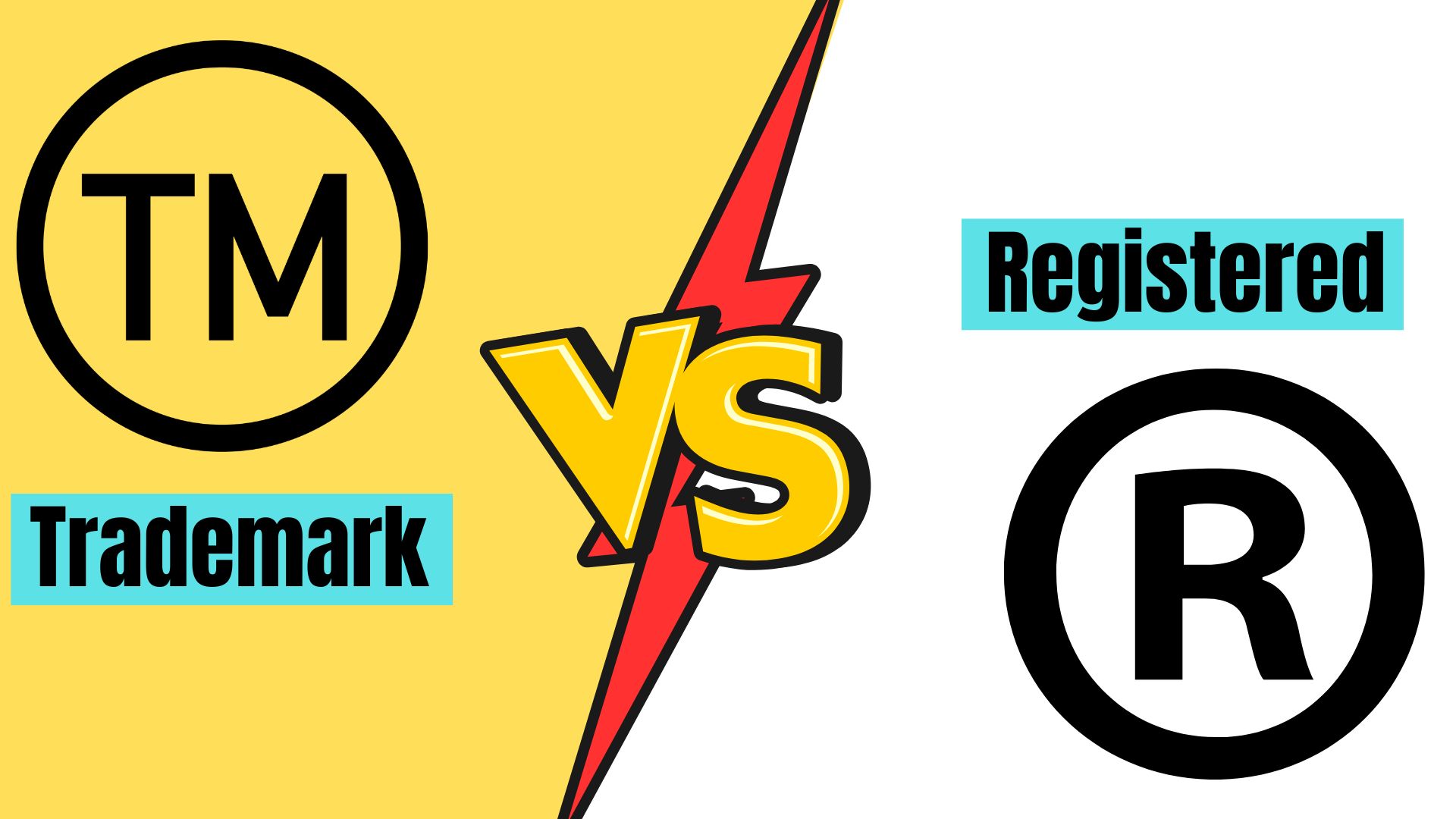In the world of intellectual property, trademarks play a
crucial role in protecting the identity and brand of businesses. However, there
is often confusion between the terms "trademark" and "registered
trademark." While they are related, they are not the same. Understanding
the distinction between the two is essential for businesses and individuals
looking to protect their brand identity and avoid legal pitfalls.
What is a Trademark?
A trademark is an emblem, term, phrase, logo, or design that
indicates and sets one party apart from another as the source of products or
services. Essentially, it is a brand identifier that helps consumers recognize
and differentiate products or services in the marketplace. Trademarks can be
incredibly valuable assets for businesses as they build brand recognition and
customer loyalty.
Trademarks
can include:
- Logos: Like the
Apple logo or the Nike swoosh.
- Brand names: Like Coca-Cola or
Google.
- Slogans: Take
Nike's "Just Do It" as an example.
- Unique product packaging or design:
Known as trade dress, such as the distinctive shape of the Coca-Cola bottle.
Types of Trademarks
Trademarks
can be classified into different categories:
- Descriptive Marks: These describe a
characteristic or quality of the product or service. For example, "Cold
and Creamy" for ice cream. Descriptive marks are generally not protectable
unless they have acquired distinctiveness through extensive use.
- Suggestive Marks: These suggest a
characteristic of the product or service without describing it directly,
requiring some imagination from the consumer. An example is
"Coppertone" for sunscreen.
- Arbitrary Marks: These are common
words used in a way that has no relationship to the product or service. For
example, "Apple" for computers.
- Fanciful Marks: These are invented
words with no meaning other than their brand identity, like "Kodak"
or "Xerox."
What is a Registered Trademark?
A registered trademark is a trademark that has been officially
registered with the trademark office of a particular country or region, such as
the United States Patent and Trademark Office (USPTO) or the European Union
Intellectual Property Office (EUIPO). Registration provides legal recognition
of the trademark and grants the owner exclusive rights to use the mark in
connection with the goods or services specified in the registration.
Benefits of Trademark Registration
While having a common law trademark (an unregistered
trademark) provides some level of protection, registering a trademark offers
several significant advantages:
- Nationwide
Protection: A registered trademark provides protection across the entire
country, regardless of the geographic area in which the mark is used.
This is particularly important for businesses operating in multiple states or
regions.
- Legal Presumption of Ownership:
Registration creates a legal presumption that the registrant is the rightful
owner of the mark. This makes it easier to prove ownership in legal disputes.
- Public Notice: Trademark
registration puts others on notice that the mark is already in use, reducing
the likelihood of unintentional infringement.
- Exclusive Rights: The owner of a
registered trademark has the exclusive right to use the mark in connection with
the goods or services listed in the registration.
- Ability to Sue in Federal Court: A
registered trademark owner can bring an infringement lawsuit in federal court,
which can provide stronger remedies than state court.
- Deterrent to Infringers: The ®
symbol indicates that a mark is registered, serving as a deterrent to potential
infringers.
- Customs Protection: It
is possible to register trademarks with customs authorities in order to stop
the entry of fake goods.
- Licensing and Assignment:
Registered trademarks can be more easily licensed or sold, potentially
increasing the value of the business.
The
Registration Process of Trademark
The process
of registering a trademark typically involves several steps:
- Search and Clearance: Before
applying for registration, it is advisable to conduct a thorough search to
ensure that the mark is not already in use or registered by another party. This can help keep away from potential
legal conflicts.
- Application: The application is
submitted to the relevant trademark office and includes details such as the
mark itself, the goods or services associated with the mark, and information
about the applicant.
- Examination: The trademark office
examines the application to ensure that it meets all legal requirements and
does not conflict with existing trademarks.
- Publication: The mark is published
in an official gazette, allowing third parties to oppose the registration if
they believe it would cause confusion with their own marks.
- Registration: If no opposition is
filed, or if any opposition is resolved in favor of the applicant, the mark is
registered, and a certificate of registration is issued.
Trademark vs. Registered Trademark: Key
Differences
- Legal Status: The primary difference between a trademark and a registered trademark is legal status. A trademark becomes a registered trademark only after it has been approved and officially registered by the relevant trademark office.
- Symbol Use: Trademarks can be indicated by the ™ symbol, while registered trademarks use the ® symbol. The ™ symbol can be used regardless of whether the mark is registered, but the ® symbol can only be used once the mark is officially registered.
- Level of Protection: Registered trademarks enjoy broader and more robust protection compared to unregistered trademarks. This includes nationwide protection and the ability to sue for infringement in federal court.
- Enforcement and Remedies: Registered trademarks are easier to enforce, and the owner may be entitled to additional legal remedies, such as statutory damages and attorneys' fees, in case of infringement
- Public Notice and Deterrence: Registration provides public notice of the mark's use and serves as a deterrent to potential infringers, reducing the likelihood of legal disputes.
Conclusion
In conclusion, while both trademarks and registered
trademarks serve to protect a brand's identity, registering a trademark
provides significantly greater legal protection and benefits. For businesses
serious about protecting their brand, the process of trademark registration is
a valuable investment. It ensures exclusive rights to use the mark, provides a
legal presumption of ownership, and offers a stronger foundation for enforcing
trademark rights in the marketplace. By understanding the differences between a
trademark and a registered trademark, businesses can make informed decisions
about protecting their most valuable asset—their brand.

